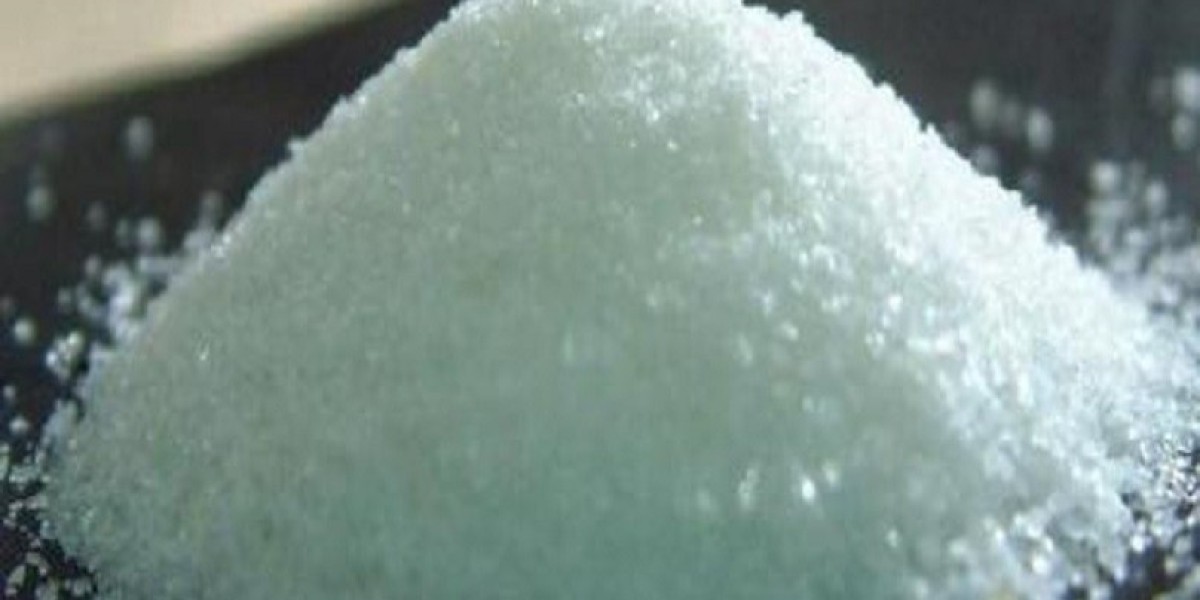Super Absorbent Polymers: Utilizing Absorbent Polymers to Mitigate Water Damage and Enhance Disaster Resilience
Introduction
One of the world's most precious resources, water is essential for life. However, with growing populations and industrialization, efficient use and conservation of water has become increasingly important. Super absorbent polymers have emerged as revolutionary materials that can help minimize water wastage across various industries and applications. Let's take a deeper look at these materials and how they are making a difference.
What are SAP?
SAP, also known as hydrogels or slush powder, are advanced synthetic materials with an extraordinary ability to absorb and retain liquids. They can absorb hundreds of times their own weight in fluid within minutes through a process called osmotic swelling. This absorption capability arises due to their highly hydrophilic and cross-linked polymeric structure which allows for rapid uptake and retention of water-based liquids. Common examples include polyacrylamide, polyacrylate, and starch grafted polyacrylate polymers.
Applications in Hygiene Products
Perhaps the most well-known use of SAP is in hygiene products like diapers, adult incontinence pads, and feminine hygiene items. Conventional cotton-fiber diapers are bulky as they need to accommodate large amounts of fluid. However, the incorporation of just 5-10% SAP by weight allows diapers to achieve ultra-high absorption with a very thin and flexible design. This not only makes diaper changing more comfortable but also reduces landfill waste. It is estimated that super absorbent polymers have helped reduce diaper volume in landfills by up to 70%.
Agriculture and Horticulture
With their water retention properties, SAP are revolutionizing irrigation practices. Used as hydrogel soil conditioners or additives in nursery soils and potting mixes, they can absorb 300-1000 times their size in water from the surrounding soil. This stored water is then released slowly as the plant requires it. This reduces irrigation frequency and ensures uniform soil moisture levels even during dry periods. Some estimates suggest hydrogel use can reduce agricultural water requirements by 20-30%. Such polymers are also finding increasing usage in gardening, turf grass management and agriculture.
Biomedical Applications
The non-toxic and highly absorbent nature of SAP make them attractive for various biomedical uses as well. For example, they are added to wound dressings to absorb excess exudate from injuries or lesions and maintain a moist environment facilitating faster healing. Some dental products like periodontal dressings also contain hydrogels for improved absorption and patient comfort. These polymers further hold potential for developing advanced drug delivery systems and even artificial tissues in the future.
Other Uses
A few other innovative applications of SAP include- use in absorbent cores of feminine hygiene products, adult incontinence undergarments, baby training pants and pet hygiene products. They also see roles as water retaining agents in horticultural applications and provide cushioning and moisture management in specialized clothing, footwear and sports accessories. Some engineering uses involve their use as dewatering aids in industrial processes and chemicals, sludge thickening, oil spill cleanups and hydroponic gardening substrates.
Future Prospects
Given their myriad benefits, SAP have triggered a veritable revolution across various sectors. Global demand for these materials has grown steadily over the years and is projected to increase further. Looking ahead, ongoing research aims to develop advanced categories with enhanced absorbing capabilities, lower costs, easier degradability and multifunctional properties. Biomedical and tissue engineering also present lucrative opportunities. With continual innovations, SAP’s are sure to keep playing a pivotal role in achieving more efficient resource usage and sustainable solutions.
In Summary, super absorbent polymers (SAPs) represent a significant technological advancement with wide-ranging applications across multiple industries. These polymers exhibit extraordinary water-absorbing properties, enabling them to absorb and retain large quantities of liquid, including water, saline solutions, and bodily fluids. In agriculture, SAPs are utilized to improve soil moisture levels, reduce water consumption, and enhance crop growth and productivity. In personal care products, SAPs play a crucial role in providing superior absorption and retention capabilities, contributing to the comfort, hygiene, and leakage prevention of diapers, sanitary pads, and wound dressings. Additionally, SAPs are employed in environmental applications such as wastewater treatment, spill containment, and soil stabilization, showcasing their versatility and potential to address pressing environmental and societal challenges.



